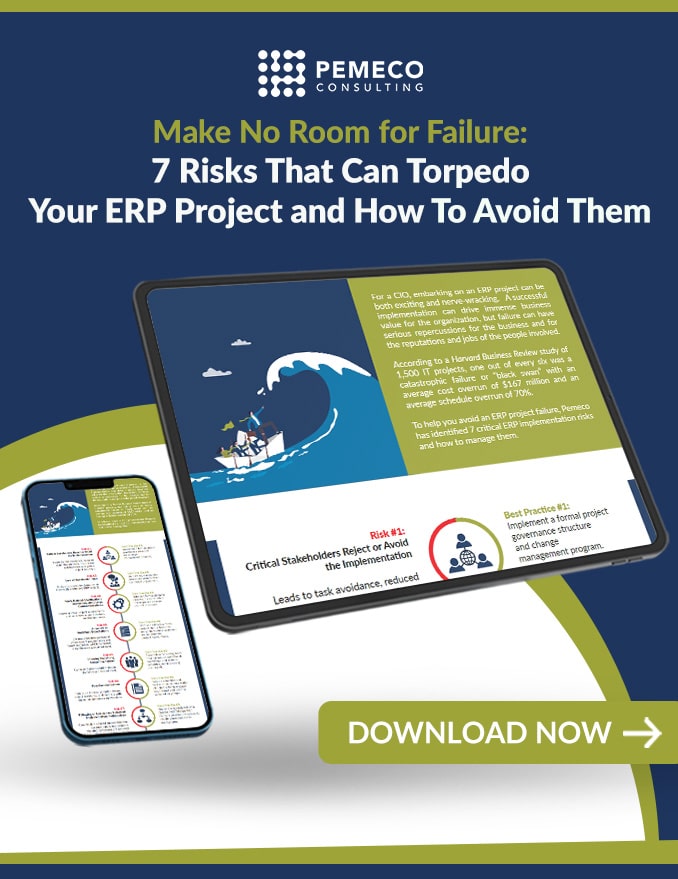In today’s economy, unexpected shocks are no longer exceptions—they’re a new operating reality. Recent tariff hikes, escalating logistics costs, and shifting regulatory environments have forced businesses to confront an uncomfortable truth: the traditional pace of strategic planning can’t keep up. Companies that once relied on long-cycle decision-making are now expected to evaluate, adapt, and act in real–time.
From Disruption to Decision: The Case for Rapid What-If Analysis
With the April 2025 tariffs affecting cross-border manufacturing trade, producers operating across the globe face an urgent need to assess shifting cost structures. Modeling the impact of trade policy changes—such as duties, freight, and logistics delays—has become essential. Leading firms are simulating these impacts not only to update landed cost assumptions, but also to map the ripple effects on procurement, production schedules, and fulfillment commitments.
This type of rapid analysis helps companies quantify risk, rebalance supplier portfolios, and revise operational priorities in days, not weeks.
Sourcing and Procurement Agility
Supply chain disruption is now a recurring reality, and procurement leaders must act quickly and decisively when the landscape shifts. This includes issuing targeted request for quotations to alternative suppliers, adjusting vendor selection based on updated cost-to-serve models, and rapidly onboarding backup suppliers—particularly in sectors like aerospace, food processing, and industrial machinery, where inputs are tightly regulated or highly engineered.
Organizations that actively track supplier performance—delivery reliability, price, capacity limits, and quality—are better positioned to dynamically adjust sourcing priorities. By embedding early-warning indicators into procurement and planning processes, teams can make proactive decisions that protect operations.
Driving Efficiency to Protect Margins
Economic shocks often expose operational inefficiencies that might otherwise go unnoticed. With margin pressure mounting across manufacturing sectors, many firms are doubling down on process improvement efforts.
Focus areas include:
- Optimizing production schedules to better balance resources and throughput
- Refining product and BOM designs to optimize manufacturing costs
- Automating repetitive tasks to improve responsiveness and reduce delays
Equally important is maintaining clean, reliable data—on inventory, demand, and input costs—to enable reliable MRP and timely decision-making.
Building Resilience into Core Operations: The Critical Role of ERP Systems
Across industries and despite differences in size and operational complexity, companies that respond well to uncertainty share one commonality: they typically have an ERP system that tightly controls their core processes and data.
ERP systems function as both operational control centers and strategic planning engines. While enforcing controlled business processes, they also enable agility. A strong ERP system ensures data accuracy, real-time visibility, and coordinated execution across functions when disruptions strike.
Long-Term Planning for a Volatile Environment
In today’s economy, economic shocks are no longer rare—they’re a constant undercurrent. The companies that emerge stronger are those that view volatility as a strategic challenge to be managed, not a temporary hurdle to endure.
By continually refining their operations and leveraging their ERP systems, manufacturers can expertly navigate the ongoing economic shocks and face any future disruption with confidence. These actions lay the groundwork for lasting resilience.
If your organization is facing increased complexity from tariffs, supply chain volatility, or shifting cost structures, Pemeco can help. Our team has been helping organizations modernize operations and align technology with business strategy for over 45 years. Consult with us today and learn more about how we can help turn disruption into opportunity.




